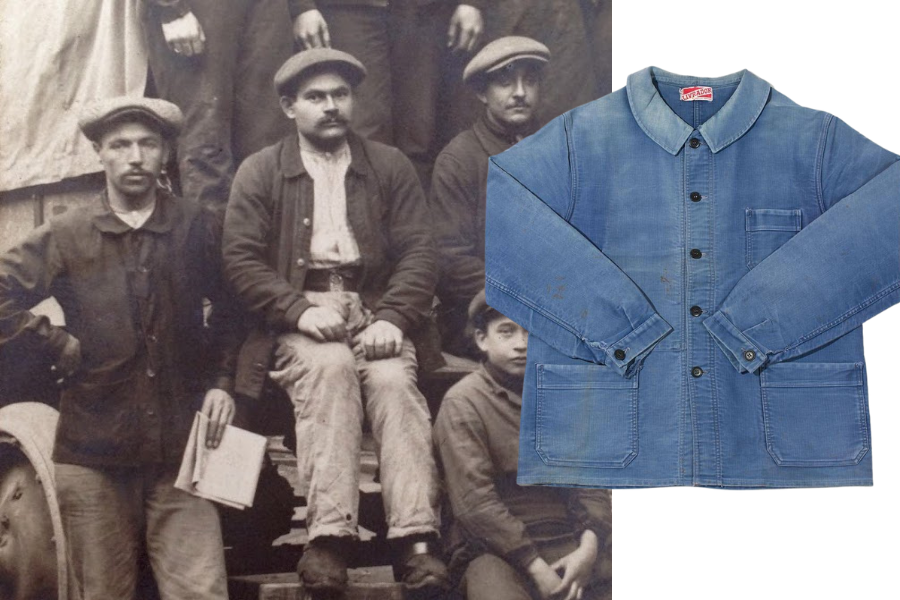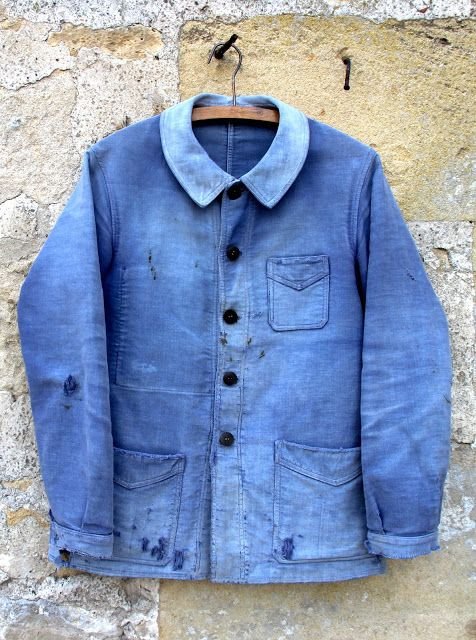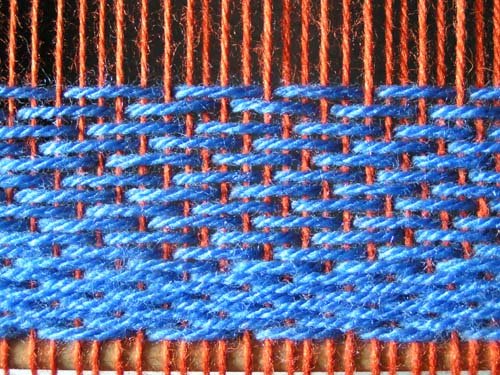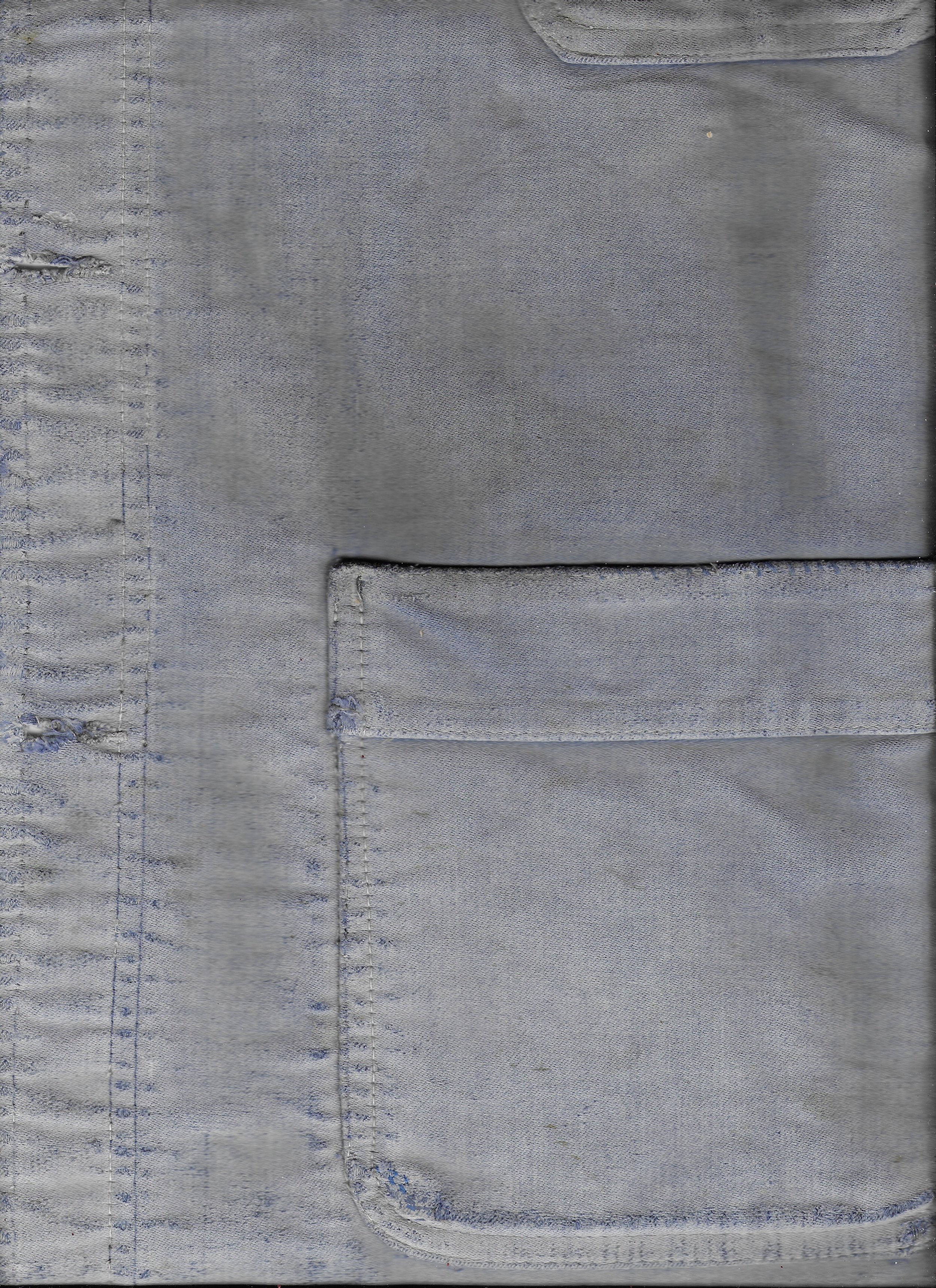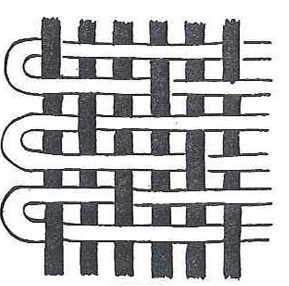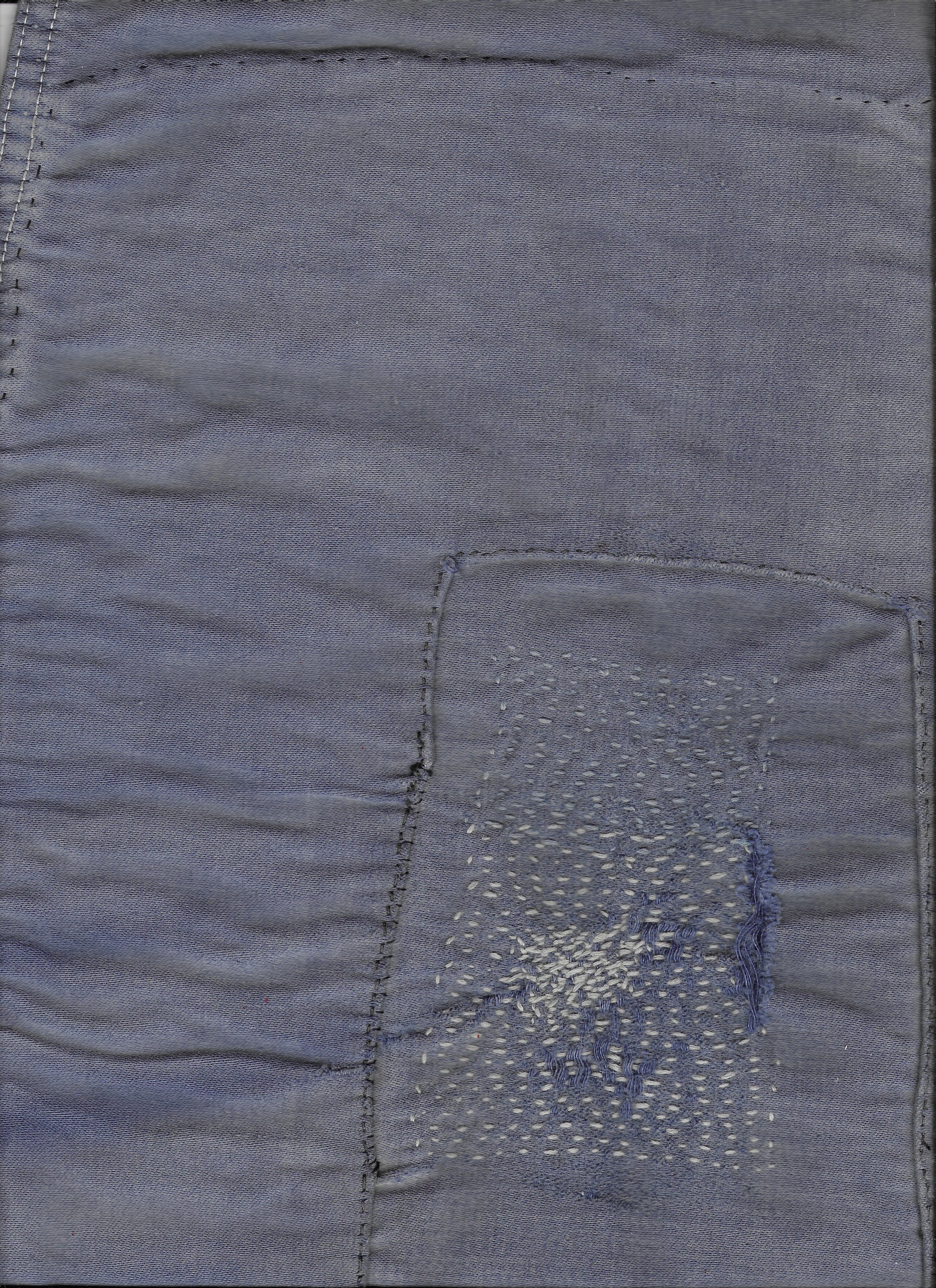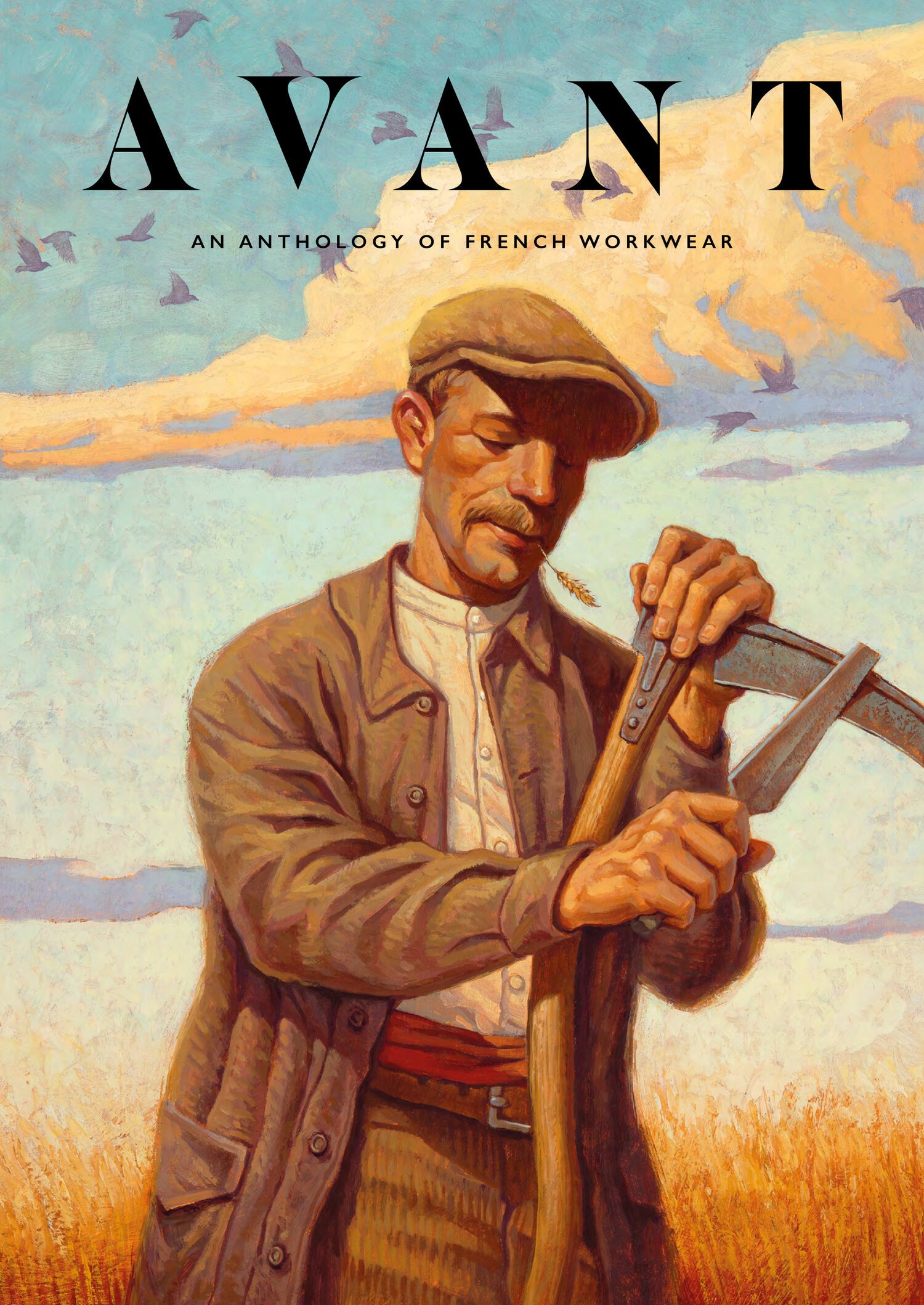Seven things you should know about the Moleskin jacket
People often get introduced to the French workwear world thanks to this item: the famous “veste en moleskine” [moleskin jacket]. Be it patched-up, slightly weathered, deadstock, blue, black, or white, the moleskin jacket is the emblem of French workwear; the national equivalent of the American denim jacket. It’s not the rarest, but is the most symbolic and representative of French workwear. It is a jacket that farmers, peasants, and workers used to wear in the countryside and cities as well as in the fields and factories. (This article has been initially published in An Anthology of French Workwear, written by Eric Maggiori with Tom Gruat).
What is the origins of Moleskin Jacket ?
It’s difficult to determine precisely the origin of the moleskin, as we should really speak about moleskines with an S. The English moleskin, manufactured in the 1800s in Lancashire (when the cotton trade boomed), doesn’t have much in common with the French one, which itself hardly looks like its German cousin. “We refer to it as moleskin fabric because they all have more or less the same characteristics. But each home-grown jacket has its own features, according to the local manufacturing specificities as well as to the ways it is worn and used,” says Tom Gruat, collector of ancient working-class garments. However, let’s focus specifically on the French moleskin.
What is “French moleskine”?
In France, moleskin is made of two layers of thin cotton fabric. The outside layer is characterized by its satin weave. It is woven very tightly meaning that it is very strong, and gives a smooth and shiny look to the fabric, almost like varnish. This is where its name comes from; its shaved and satin texture makes it look like the skin of a mole. Mole skin. It seems rather funny that the word reads “moleskin” in almost every language, except in France, where we added a final E in order to avoid mispronouncing it. Indeed, moleskin could have been pronounced “moleskain” in French. As for the inside layer, it is a twill weave, like denim. Thanks to this double-sided weave, the jackets are very strong, but also elegant.
What are its main strengths?
The French moleskin jacket has one major advantage: its robustness. At the end of the 19th century, at a time when industries were thriving in France (the introduction of new machines, expanding demand, and fast-paced work environments), aprons made of leather were not adequate anymore in protecting workers or farmers. The new generation of working outfits had to fit new needs, this led to numerous trades adopting moleskin canvas. French moleskin is resistant to friction, does not crease easily, and most importantly lasts very long. An old farmer once told Tom Gruat that he had always loved his moleskin jacket because “cattle hairs couldn’t go through it”.
What are some characteristics of a French moleskin jacket?
The authentic French moleskin jacket is easily recognizable thanks to its cut. Among other characteristics, we find: its curved collar called “col chevalière” and its three outer pockets – one of which is a small pocket next to the heart, often used as a tobacco pocket (similar to the old “cigarette pocket” in the US). Most moleskin jackets have an inside pocket, on which the brand label is sewn onto. The Mont Saint Michel brand [read the story on this brand from Brittany, p120] even used it as a marketing slogan: “When buying a Mont Saint Michel garment make sure that it has the brand label sewn inside!”
Have we always called it a “veste en moleskine”?
Apparently not. It is almost impossible to know when we started using the word “moleskine” in France. For workwear, the term started to be used in 1930s catalogues. Before that, we used the word “bourgeron” when talking about a working jacket (which is still how old people from the countryside refer to it), whereas moleskin was sometimes called “satin”. We also hear the word “coltin” used.
Black, blue, and white moleskins: what is the difference?
Thanks to a dyeing process introduced in France at the end of the 19th century, it became possible to dye moleskin. This is why we can find different colors for moleskin working jackets: black, blue, and white. The assumption is that the color varies according to the working trade, but “it is not really the case,” Tom Gruat says. “We need to keep in mind that at the time workers had little money, and that they would only wear what they had on hand and what they could afford. It’s only later, when factories started to provide their workers with blue overalls, that colors got associated with specific trades, like when white would be associated with painters and stone cutters...”In fact, before blue moleskin jackets started to thrive during the 40s and 50s, most countryside jackets were black. Tom Gruat: “The usual outfit for a farmer was a black moleskin jacket and a pair of thick corduroy trousers. And the black jacket – when still new – could also be worn on Sundays.”
What is the situation today?
Nowadays, you can find more blue moleskin jackets than black moleskin jackets. After World War2, “bleus de travail” were produced in large quantities and thus became
a very common item; contrary to black moleskin jackets, which were produced less and less and thus became scarce. Nevertheless, Tom Gruat mentions an amusing evolution in the buyers’ demand, specificallyin Japan. “Not long ago, everybody wanted worn-out moleskin jackets. People were looking for patched and mended jackets. And as it is often the case in fashion, people got bored. Black moleskin jackets became even more sought after than blue ones. Today, demand, which is very high,
is much more focused on deadstock, which is something hard to find. The prices have skyrocketed. This is how, as it is very often the case, a garment originally made for the working-class people of the past ends up being worn by wealthy amateurs.”
This article has been initially published in An Anthology of French Workwear, written by Eric Maggiori with Tom Gruat.

